By Professor Tiffany Banks On Tuesday, September 30th , students from my COMM 108: Foundations…
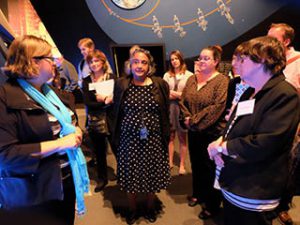
On April 14, the 2016 Fellows had the opportunity to visit the National Museum of Air and Space (NMAS), where the focus of the afternoon was spacesuits- construction, function, challenges and conservation. Our afternoon began with informative presentations by Cathleen Lewis, Curator, International Space Programs and Spacesuits and Lisa Young, Objects Conservator, both who have worked with the Smithsonian’s collection for many years.
What are some of the challenges facing an astronaut in space particularly when working outside of the space vehicle? Challenges include the airless vacuum of space and the need to be able to dissipate heat and unfiltered solar radiation. Another challenge? Errant, minute, space particles that travel at many thousands of miles per hour can pierce a spacesuit with life-endangering consequences if that suit is not engineered properly. Amazingly, there have been very few space suit failures, though of course each has been cause for concern and something to learn from.
Back on earth, conservation of a collection that now includes more than 280 suits and suit components has become an issue. Originally, not much thought was given to this, however, in the last 15 years there has been a concerted effort to preserve and learn from these suits. This has involved discovering things like the optimal temperature and humidity that best preserves the many components in each garment. The lack of documentation has presented another challenge. Many of the suits were made of complex materials that were not intended to last for very long. In fact, the history of the spacesuit program has been that each suit was engineered for one astronaut only, and not expected to be worn a second time. So, determining the history of each suit in the collection is another aspect of the research. Today, there is focus on developing a suit that can be adapted to a variety of bodies, and can be worn more than once, on more than one mission. How can what we have learned from the past help with this?
Having all this information made the subsequent tour Cathy and Lisa led us on through the exhibits that much more meaningful. Seeing actual suits, and having our guides provide interesting details such as the challenge presented by a particularly tall astronaut, was fascinating. Seeing U.S. suits compared to a Russian spacesuit of the same era was also interesting as the curators were able to point out how both countries worked to address the same issues.
Trying to balance the need for conservation versus the demand for display in the museum is something the Curators constantly work with. The spacesuits on display present their own particular conservation challenges. How do you present a suit for display to the public, in a vertical position, while not damaging the integrity of that spacesuit? As a comparison, the suits not on display are currently kept in a climatized vault at the Udvar-Hazy Center, stored much as a cadaver would be stored, something that can’t be replicated in an exhibit.
Upon returning to our conference room, we had a chance to examine and try an actual space helmet and glove, while also seeing just how many layers are involved in spacesuit construction, which was a terrific way to end the afternoon.


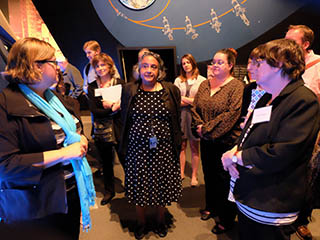
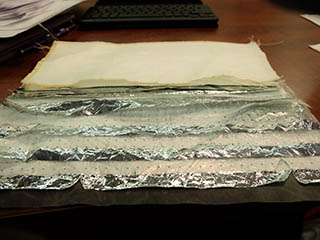
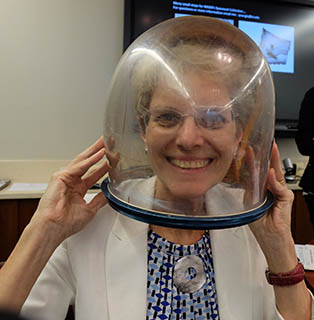
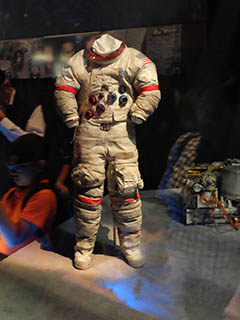
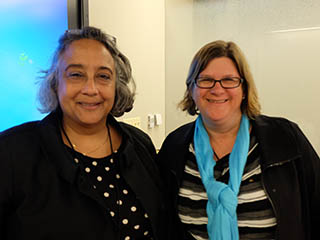
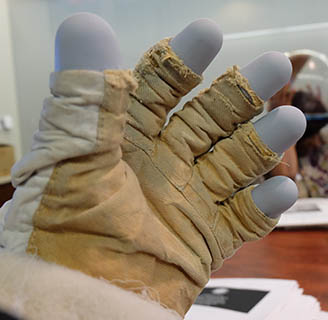

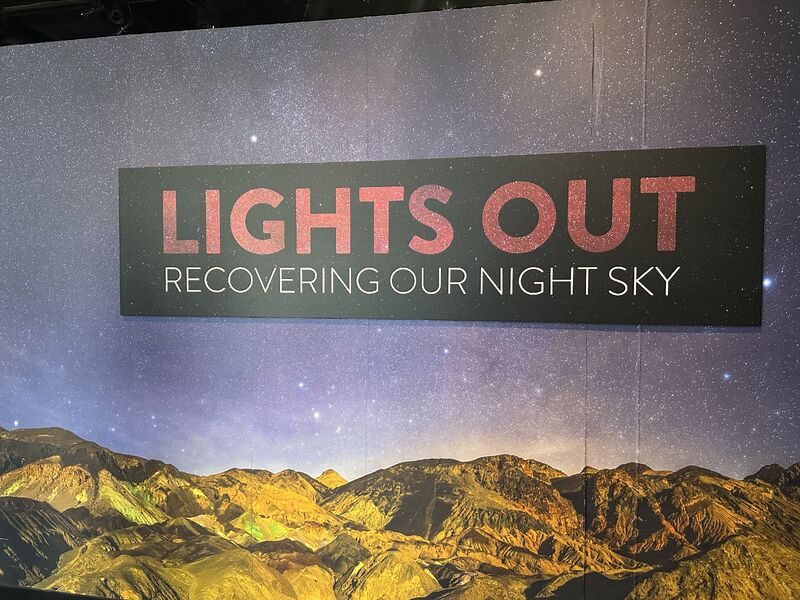
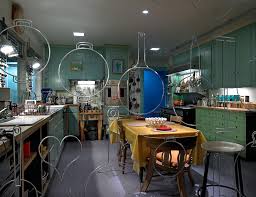
This Post Has 0 Comments